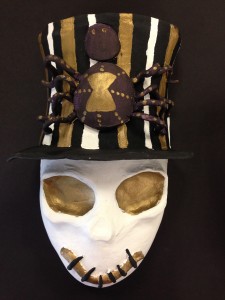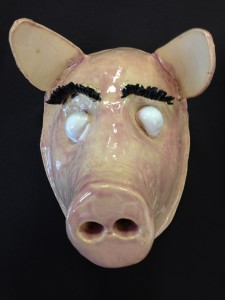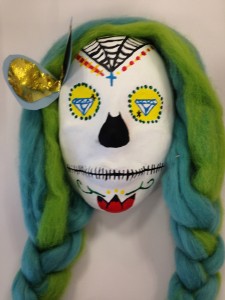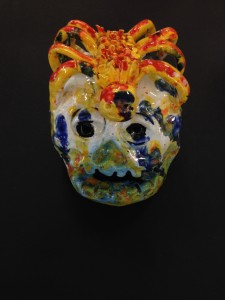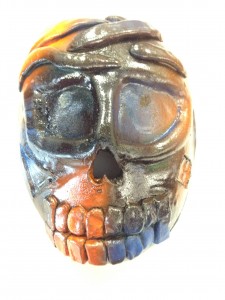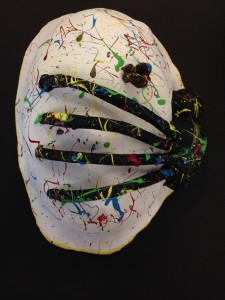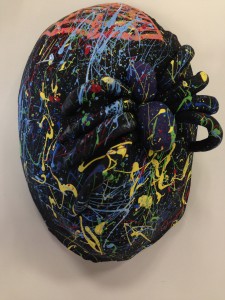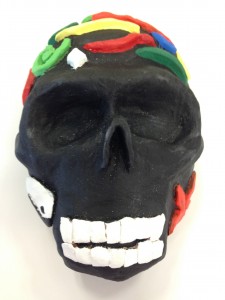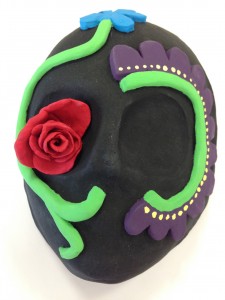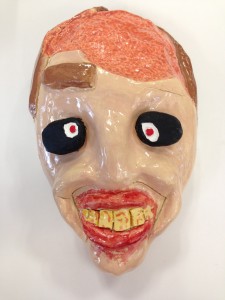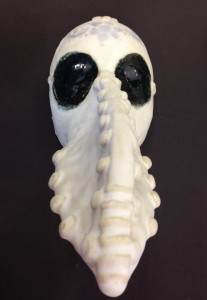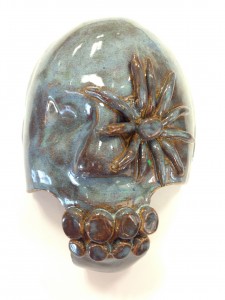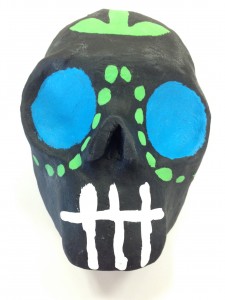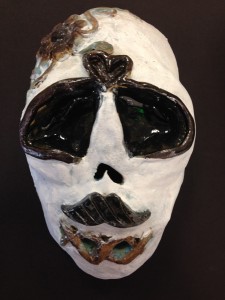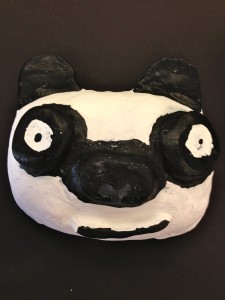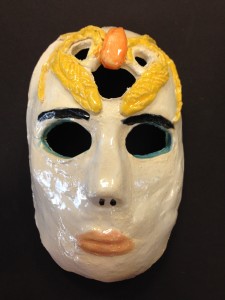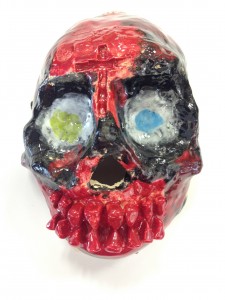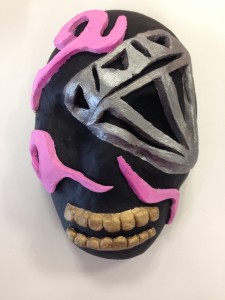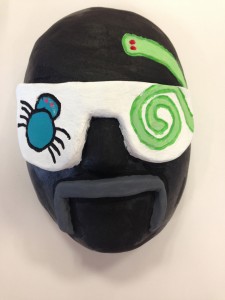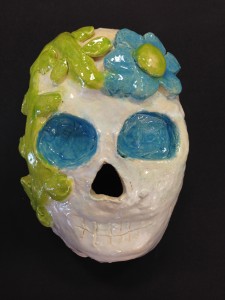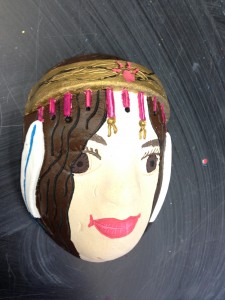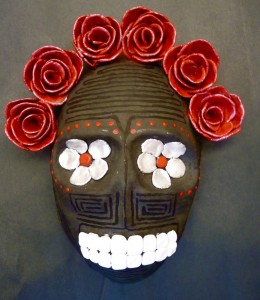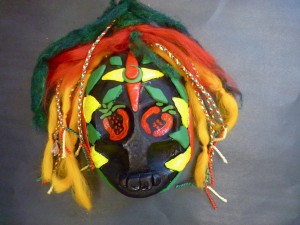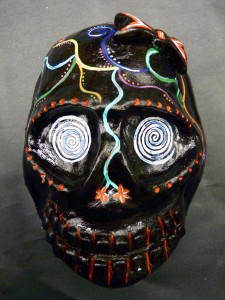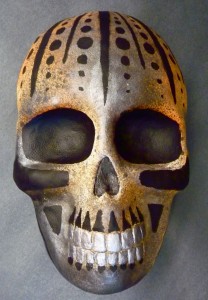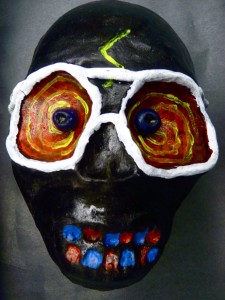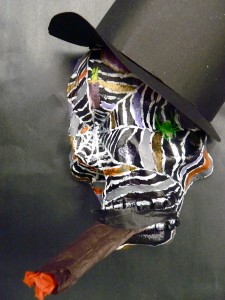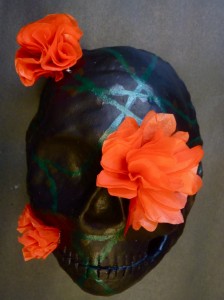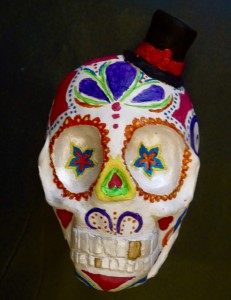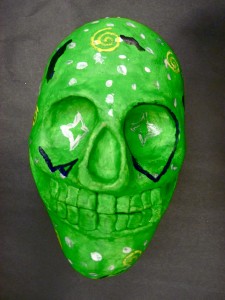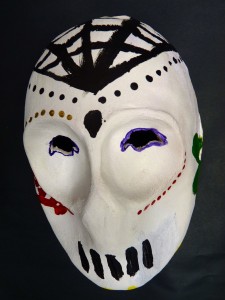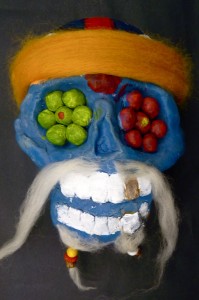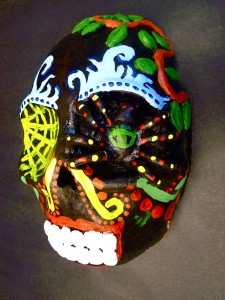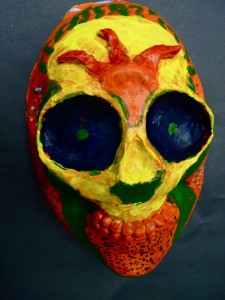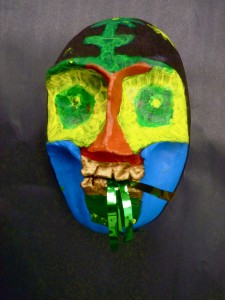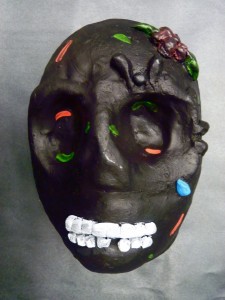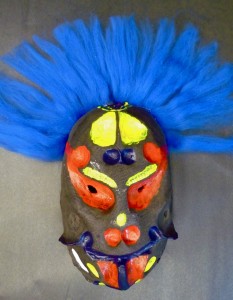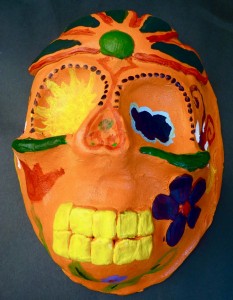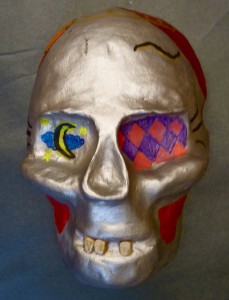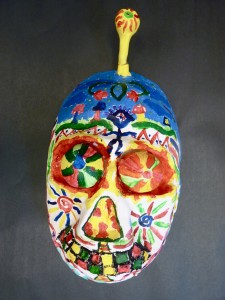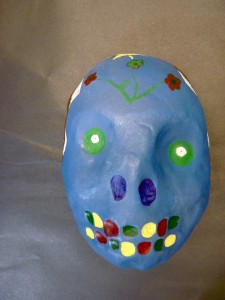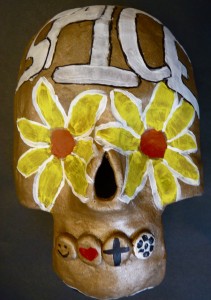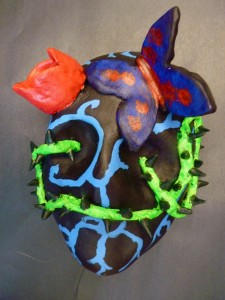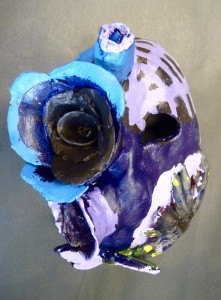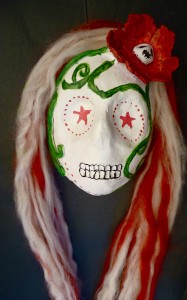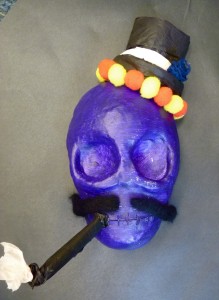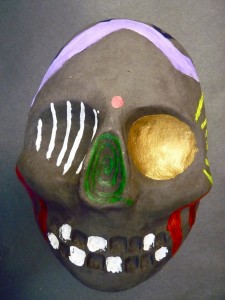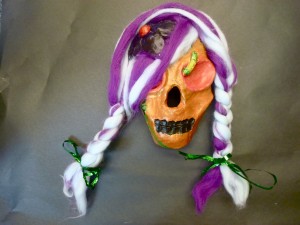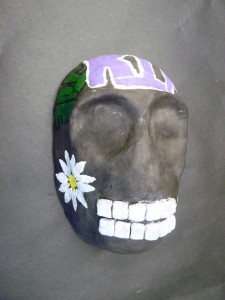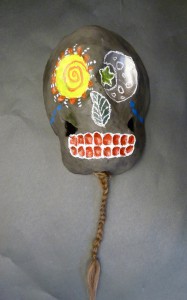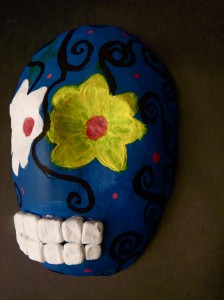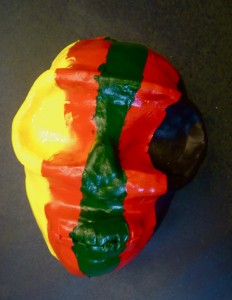October 22, 2013
Day of The Dead Masks on Display at the Seward Library
In Seward High Ceramics Class we studied the Mexican Holiday, “Dia de Los Muertos” or Day of the Dead. On November 1st and 2nd Mexican Families celebrate the souls of their departed loved ones with prayers, treats, and skull images adorned with flowers, candles, diamonds, spider webs and crosses. This holiday has Aztec roots, this civilization did not fear death, however viewed it as a continuation of life, an awakening from a dream. Some students went in a more Halloween-ish direction with their masks, which was fine with me, because they all did a great job!
Olivia Beckham
Kris Hettick
Reid Broughton
Audra Atwood
Kyle Hubbard
Rhett Sieverts
Alexis Nicolas
Josh Dotomain
Kelsey McKean
Jordan Hargreaves
Hunter Kratz
Erin Spradlin
Emily Crain
Tyler Quiring
Matt Morris
Ayla Bunch
Jasmyn Calhoon
Grace Callicut
Nick Pahno
Michael Walker
Mary Wallace
Tessa Lyman
Cassiday DeLand
Tiffanie Rook
October 25, 2010
Day of the Dead Masks
When the Spanish Conquistadors arrived in Mexico over 500 years ago, they encountered the indigenous people practicing a ritual which is today known as the Dia de los Muertos (Day of the Dead). This was a month long celebration for dead relatives when it was believed that the souls of the departed return to visit the living. Unlike the Spaniards, who viewed death as the end of life, the natives viewed it as the continuation of life. Instead of fearing death, they embraced it. To them, life was a dream and only in death did they become truly awake.
To the Catholic Spanish, this ritual seemed to be sacrilegious, and they unsuccessfully tried to eradicate it. There was a good deal of reluctance on the part of the indigenous people which resulted in a blending of old customs with the new religion. All Saints’ Day and All Hallows Eve (Halloween) roughly coincided with the preexisting Día de Los Muertos resulting in the present day 2-day event which draws from both.
Today, people don wooden skull masks called calacas and dance in honor of their deceased relatives. The wooden skulls are also placed on altars that are dedicated to the dead. Sugar skulls, made with the names of the dead person on the forehead, are eaten by a relative or friend, according to Mary J. Adrade, who has written three books on the ritual. The Aztecs and other Meso-American civilizations kept skulls as trophies and displayed them during the ritual. The skulls were used to symbolize death and rebirth.
Seward Art High Students made their own Day of the Dead masks. They began with slabs of clay, which they draped over human face molds. They then sculpted the clay to look like a skull. After the clay was fired, students painted them with spray and acrylic paint. They did an awesome job.
